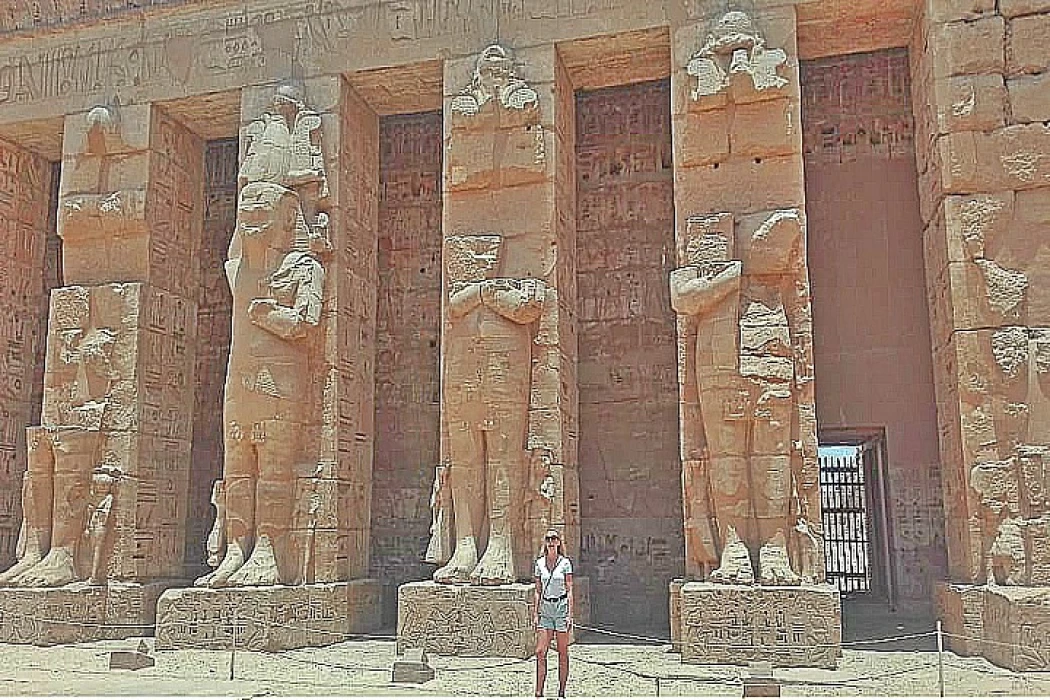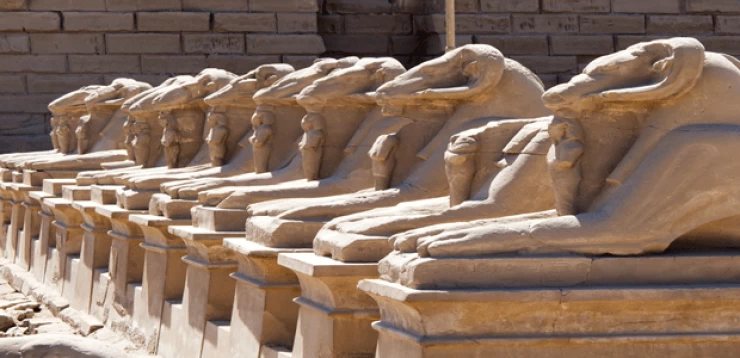
The Twentieth Dynasty in Ancient Egypt
The twentieth dynasty
Setnakhte established the Twentieth Dynasty (1189–1078 BCE) in ancient Egypt, although Ramesses III—who modeled his career after Ramesses II the Great—was its most notable member. The Third Intermediate Period succeeded this, which is thought to have been the last dynasty of the New Kingdom.
During the reign of these emperors, the systematic theft of the Royal Tombs began. Investigations and punishments for these crimes, particularly during the reigns of Ramesses IX and Ramesses XI, are documented in a large number of administrative documents from this era that have survived.
The heirs to its strongest ruler engaged in rivalry that caused this to struggle, just as it had under the Nineteenth Dynasty. Diodorus Siculus characterized these as "confirmed sluggards devoted only to indulgence and luxury," lacking "any deed worthy of historical note." But during this period, Egypt was progressively plagued by a string of droughts, below-average Nile floods, starvation, social unrest, and government corruption, all of which would have limited any king's capacity for management.
Ramesses XI's power waned to the point where the High Priests of Amun at Thebes effectively took control of Upper Egypt in the south, while Smendes I maintained control over Lower Egypt even before to Ramesses XI's demise. At Tanis, Smendes would establish the Twenty-first Dynasty.















